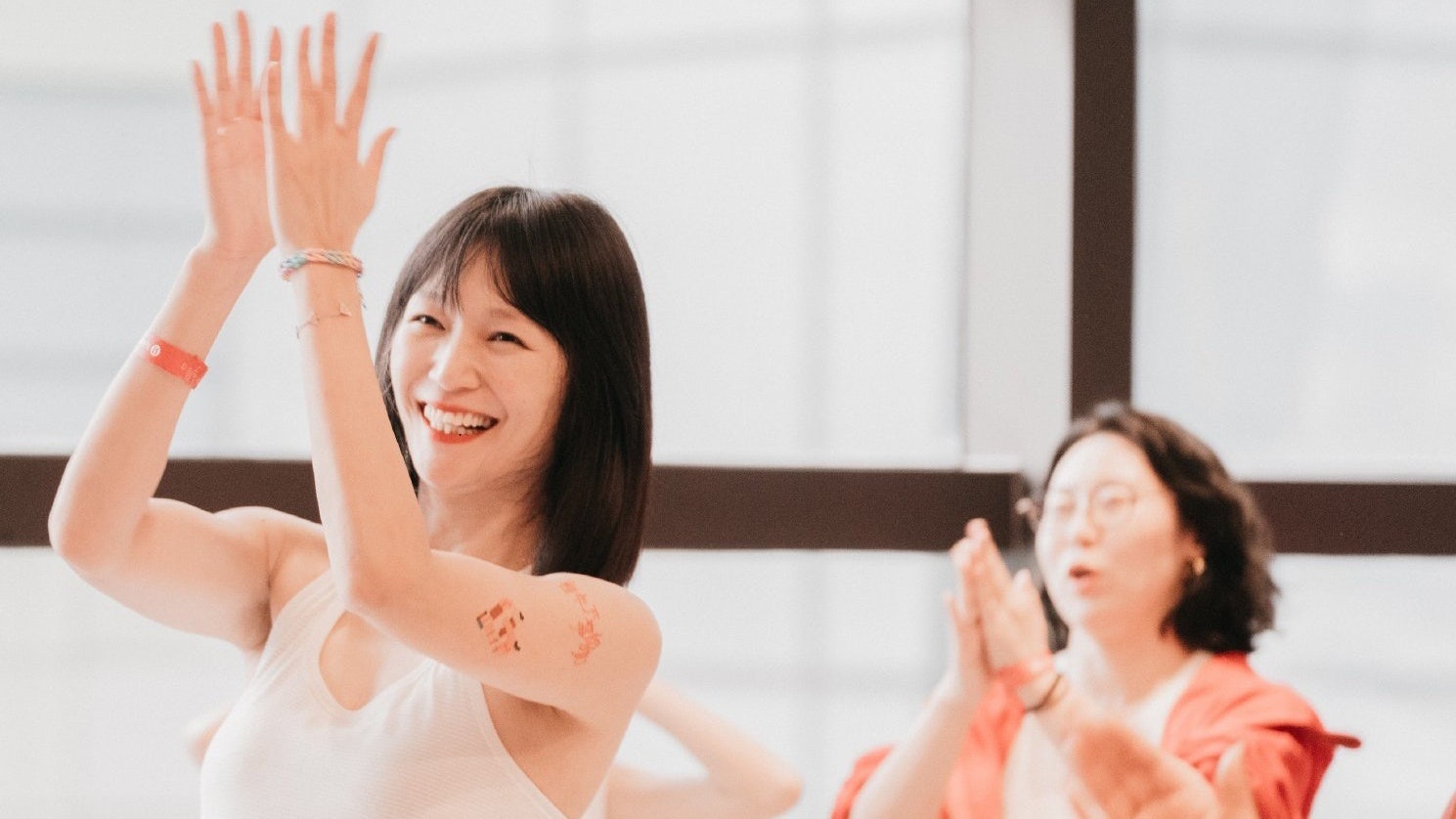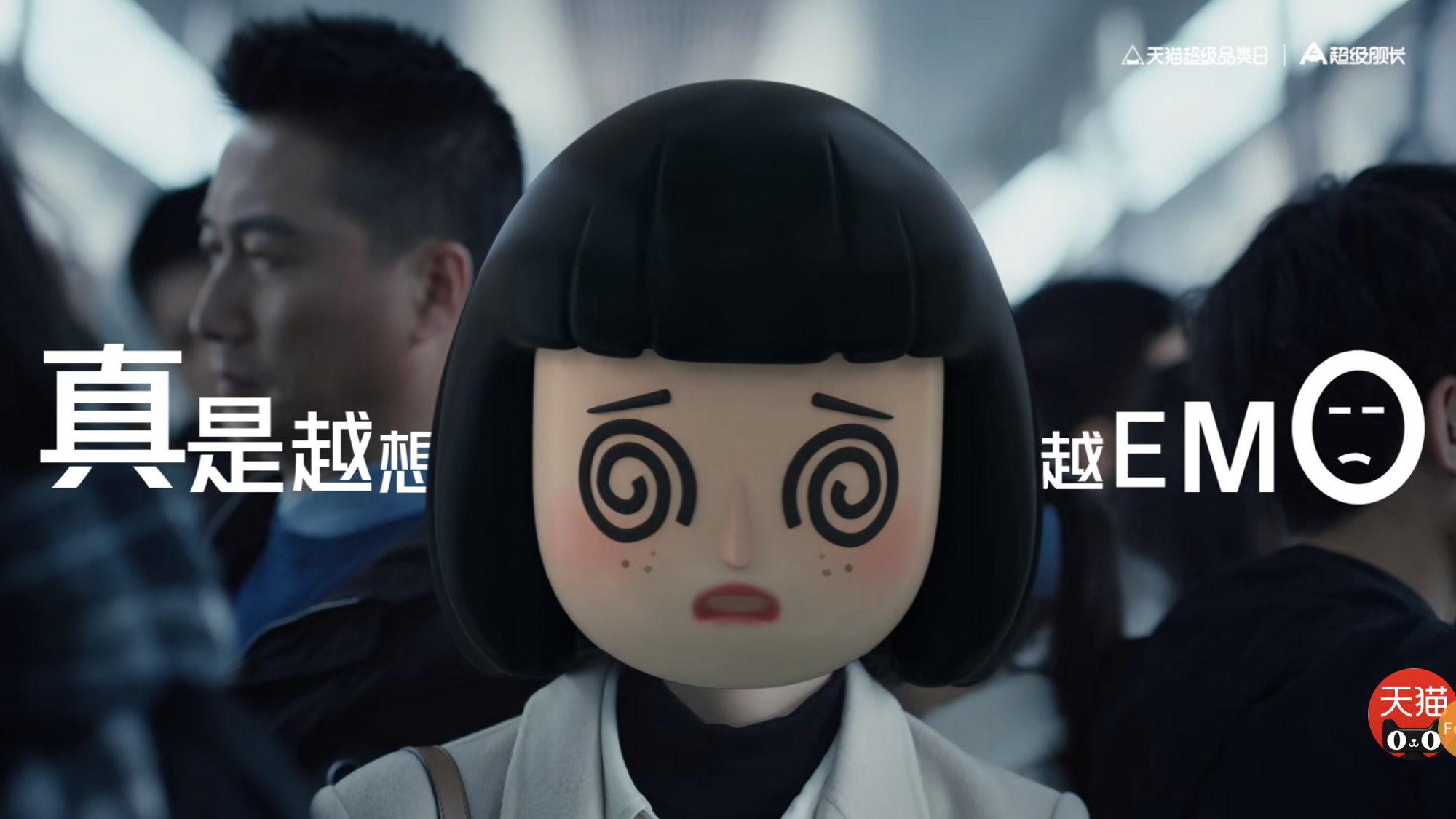What happened
On February 8, Lululemon released its second annual Global Well-Being Report, which stated that Chinese citizens owned the world’s greatest amount of well-being in 2021. The study surveyed ten markets worldwide between October and November of 2021, benchmarking the state of well-being with its Global Wellbeing Index (based on how people in markets around the globe rate how they feel across the physical, mental, and social dimensions of well-being).
Though they saw a slight decline last year, Chinese respondents said their sense of overall well-being stood at 75 percent — a significantly higher rate than the 66 percent average of the ten markets the athletic apparel company polled. However, many Chinese netizens disagreed with these results, according to comments on social media sites Weibo and Xiaohongshu. One Weibo user pointed out a potential bias of the survey by stating that its respondents are most likely Lululemon customers who have a bourgeoisie mentality.
The Jing Take
It’s difficult to dispute the reliability and legitimacy of Lululemon’s well-being index regarding Chinese consumers. Although there are limitations with all consumer research, many other surveys released after the pandemic indicated that Chinese consumers experience a stronger sense of security and a greater positive outlook for the future than consumers in other world markets.
The discourse surrounding these results most likely reflects the contradictory mentality of many young Chinese consumers. On the one hand, this segment grew up in an era of rapid economic growth, so they are very patriotic. But on the other hand, they experience anxiety and stress in all areas of their lives — from their workplaces to their relationships. This unfortunate trend can be seen in the growth of “emo” (negative emotions) as a catchphrase and the country's ongoing “996” burnout. Therefore, understanding young Chinese consumers' fragmented sense of well-being should be a priority for luxury brands because it will help them cultivate healthy work cultures in China while engaging with their customers on a deeper level.
The Jing Take reports on a piece of the leading news and presents our editorial team’s analysis of the key implications for the luxury industry. In the recurring column, we analyze everything from product drops and mergers to heated debate sprouting on Chinese social media.


